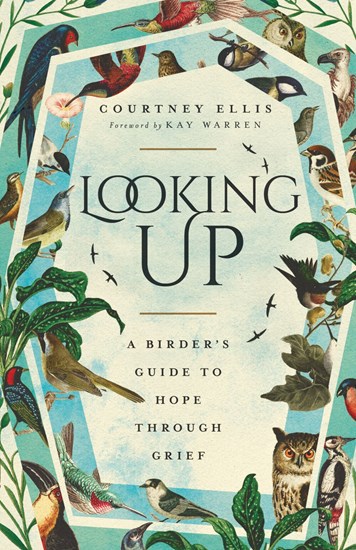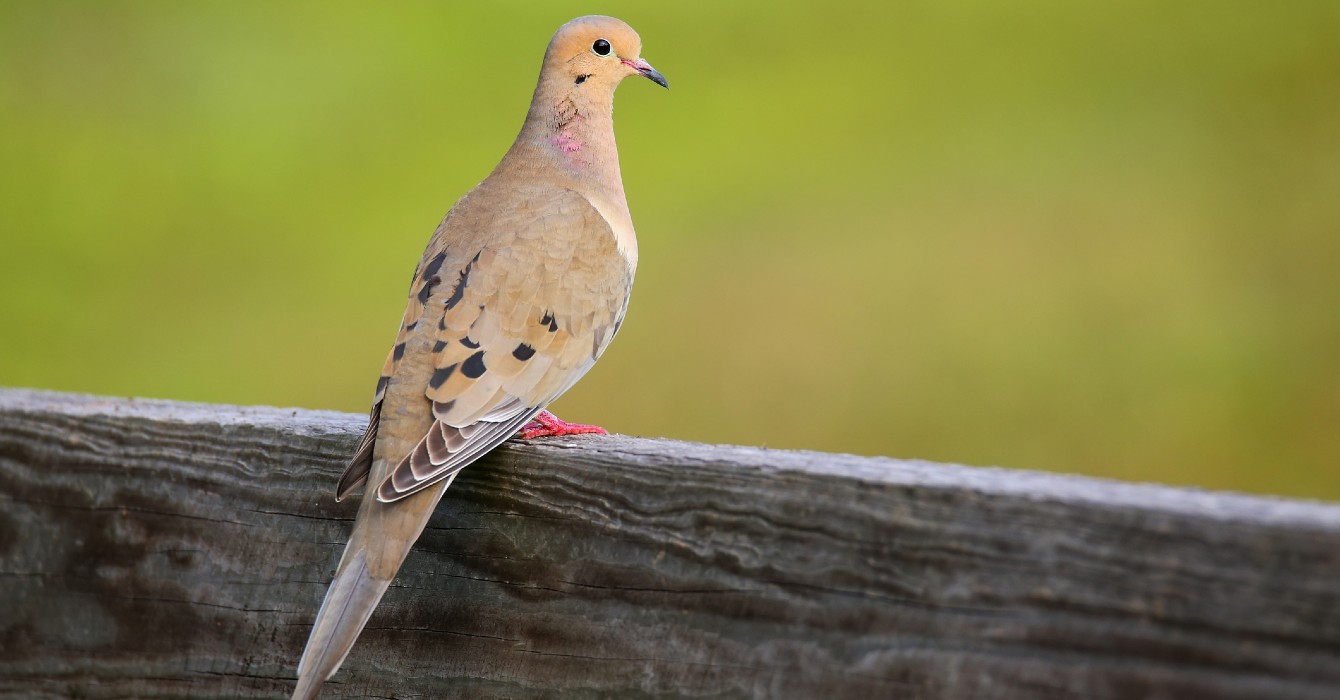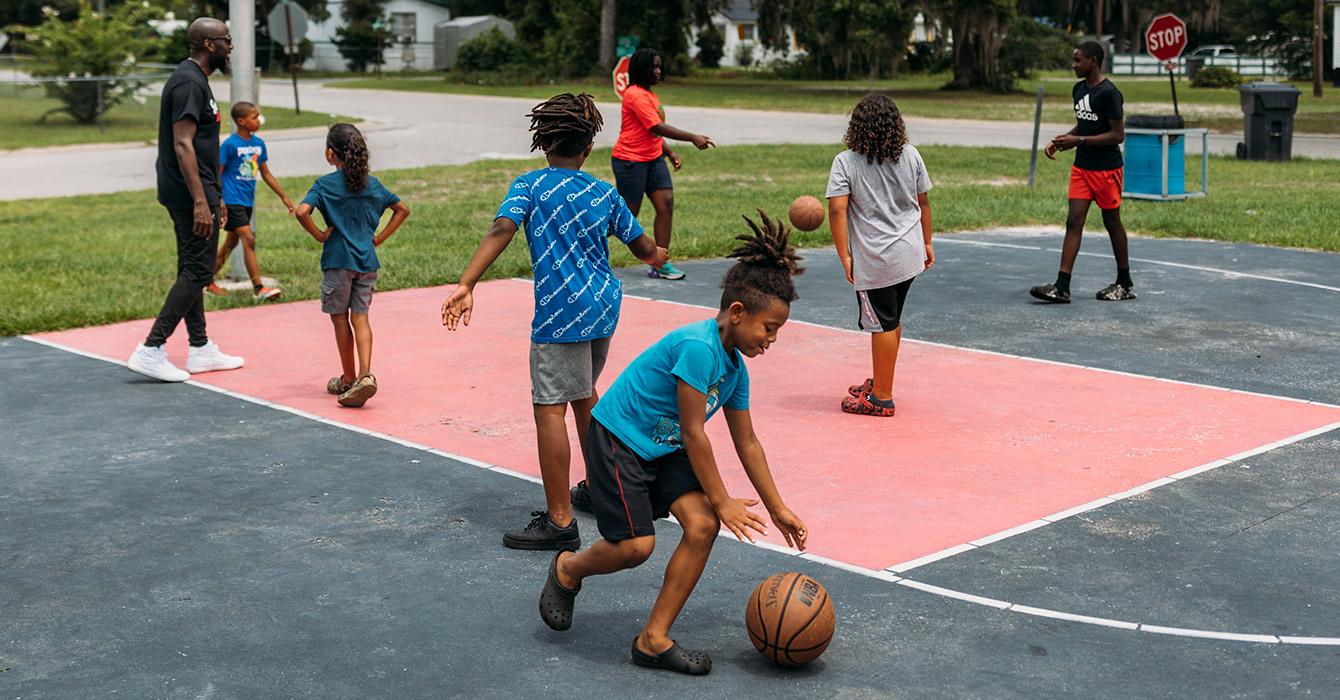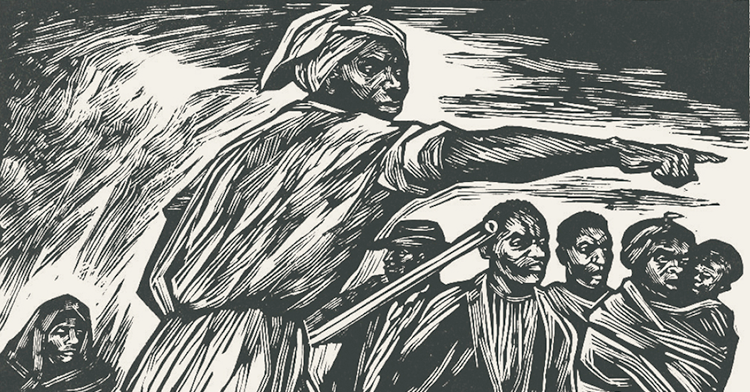PEACE: Doves
May our afflictions be few, but may we learn not to squander them.
— Scott Cairns
Doves are a near-universal symbol of peace. Ever since Noah sent one out of the ark and it returned with an olive branch, we’ve looked to doves as reminders that God is present to us and with us and within us. It was a dove that alighted on Jesus at his baptism, a sign of his anointing with the Holy Spirit, of God’s delight in him. Doves mark our peace-themed seals and stamps and banners and art — Picasso’s Dove of Peace was chosen in 1949 as the emblem for the first International Peace Conference in Paris as the countries of the world began picking up their shattered fragments after the Second World War.
But perhaps they shouldn’t be held in such holy esteem. After all, there’s no significant scientific or taxonomic distinction between an ethereal dove and a garbage-pecking pigeon. Doves build shoddy nests. They eat off the ground. Their primary predator is — get this — rats.

Doves are stout-bodied, short-necked, and loud, flappy fliers. Their wings’ low aspect ratio allows them to take off in quick, short bursts, and their feathers’ unusually loose attachment to the skin lets them seemingly disappear in a burst of fluff when threatened by predators. Well, most predators. The last time Pope Francis released white doves after one of his weekly Angelus prayers, one was immediately attacked by a gull and another by a crow, leaving the crowd of worshipers aghast in a sea of feathers and the media buzzing with words like “omen.”
Come to think of it, maybe doves are the perfect symbol for peace. …
I have not come to bring peace, says Jesus, but a sword. And we’re ready for this, ready to strike down anyone in our path. We neglect the later portions of Matthew 10 where he reminds us that whoever does not take up their cross — an instrument of self-giving love — and follow him is not on the path at all. That whoever finds their life will lose it, and whoever loses their life for his sake will find it. The lack of peace Christ brings is not us at war against our neighbors or even our enemies, but the sword that pierces down to our very souls, dividing motive from action, love of self above all from love for Savior and neighbor and stranger and enemy. Peace is costly.
Yet peace is promised in our Holy Scriptures, and not — praise God — because it depends on us finally getting it right. …
This doesn’t mean we are off the hook down here. Peace is a calling to each and every one of us. Within our homes, on our streets, in our communities. We work for peace at the community level, the state level, the national level. We work for international peace. Even if the work for some of us who lack power or influence or mobility or sway is prayer alone, we are to put hand to the plow and not look back. It is hard and holy work, and doves can help show us the way.
A pair of Mourning Doves regularly hangs out in our backyard. They might be nesting there, but it’s difficult to tell. Dove and pigeon nests are usually no more than a handful of sticks thrown together in a loose pile. Some naturalists believe this is so their nests are easy to rebuild if they’re knocked over by foragers or predators, but I think doves are just a wee bit lazy. Not in a slovenly, couch-potato way. More of a “life’s tough and I’m kinda tired” way. Anytime a rainstorm or the neighborhood cat or a stiff wind breaks down the nests of the house finches, leaving them frantic and scrambling, I picture the Mourning Doves nodding to one another and saying, “See, Marge? I told you we shouldn’t belabor the nest thing. Give me half a minute and I’ll have ours back together.”
Their wings whistle when they explode into flight, an exercise that takes a great deal of energy and effort. No wonder ours spend most of their time on the ground or atop our stone fence, placidly puffed up and occasionally cooing a warning if a hummingbird wanders too close. While our sparrows and House Finches jostle for best positions on the feeders, the doves simply hop down to the ground beneath and wait for whatever shakes loose. There’s a sagely patience to doves. A placid hardiness. …
… Throughout the Old Testament, prophets speak of a coming king who will bring true and lasting peace, not through war or violence but through justice and mercy and righteousness. As N.T. Wright puts it, “When God wants to take charge of the world, he doesn’t send in the tanks. He sends in the poor and the meek” (Marcia Z. Nelson, “N.T. Wright: On Jesus and Writing,” Publishers Weekly, November 23, 2011).
In Isaiah 9, the prophet proclaims that the instruments and weapons of hatred — every boot used in battle, every garment rolled in blood — will be fuel for the fire. When I first heard this passage as a girl, the imagery seemed ancient and far off, remnants of an uncivilized, ancient time. Surely, we’d moved past this. Now I see these boots and bloody garments on the evening news and know how close to home they really are. Our hope must come from outside our own crooked hearts. Isaiah paints a picture of the lasting peace only God can usher in, a kingdom where the trappings of war will be so useless that they will serve only to keep us and our neighbor warm in the winter’s chill. Isaiah proclaims the truth: the peace we need comes from God. As W.H. Auden wrote in his “Christmas Oratorio,” “Nothing can save us that is possible” (W.H. Auden, “For the Time Being: A Christmas Oratorio,” The Poetry Hour, copyright 2023).
The aching reality is that the battle lines of violence and fear, suspicion and bitterness, death and destruction are not just out there. They run right through the center of each beating human heart. Through mine. Through yours. …
Peace comes to us in different clothing than we may expect. … Meek and mild, holding a cup of cold water in the guise of a child. This does not mean it is weak — far from it. The peace spoken of in Scripture, borne in the body of Jesus on the cross, is stronger than any weapon we can fashion, more powerful than hatred, destruction, wickedness, or violence. Its power is love, and love, Scripture tells us, never fails. Why? Because God is love. He himself is our peace, Ephesians teaches.
Still, we may look around and ask, where is this peace? These last painful years have laid bare our many foibles and failings. …
And yet in this bloody and broken world, birds sing out the truth and mountains point to the truth and poets and prophets and artists hold up their words and their images and their paintbrushes and beckon. The Prince of Peace is coming. He has come, and he will come again. The peace that transforms our understanding is gently, quietly, persistently drawing ever closer.
Adapted from "Looking Up: A Birder’s Guide to Hope Through Grief," by Courtney Ellis. ©2024 by Courtney Ellis. Used by permission of InterVarsity Press. www.ivpress.com.




















